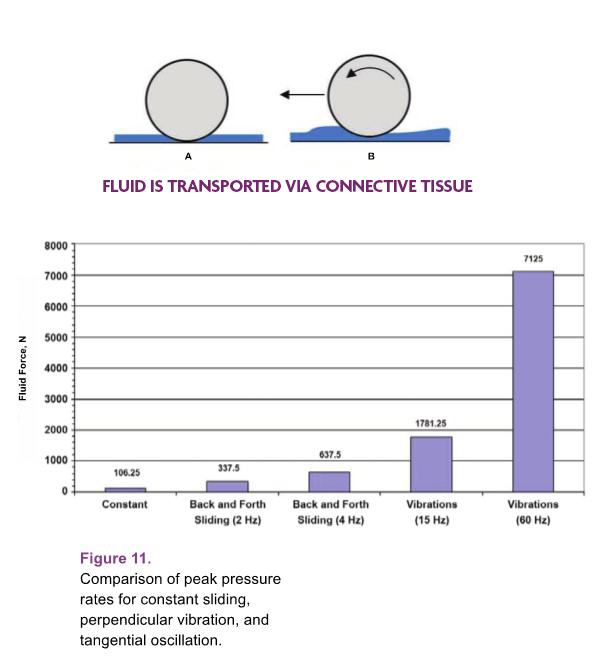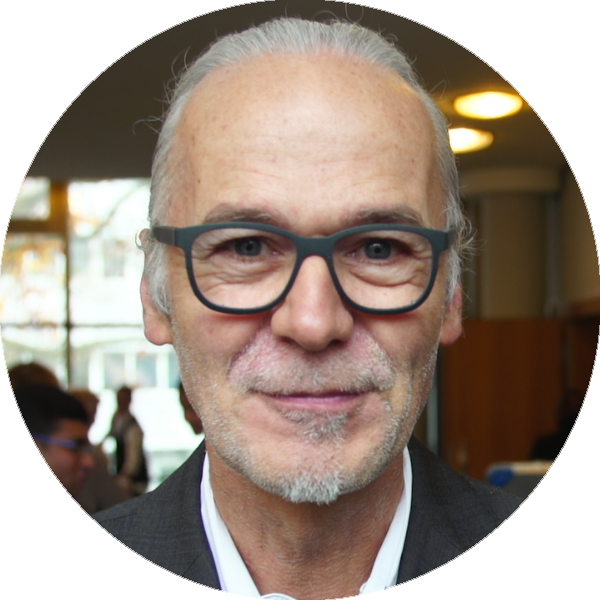

Vätskeflöde i Fascian och hur det påverkas av behandling med vågor och vibrationer
I bindväven har man funnit att det finns 6 ggr fler nervceller än i t.ex. muskler. Det finns både nervceller för smärta och för lägesbestämning. Dessa nervceller påverkas av vibrationer och varierad rörelse vilket kan förklara varför vi med AtlasOrange1 får både smärtlindring samt ökad elasticitet i vävnader. (1)
Nyligen har en tysk forskare visat att bindväven i en människa transporterar 15 l vatten på 48 h, vilket är en relativt stor mängd jämfört med ex. blodmängd och lymfsystem. (2)
Det finns ett flertal studier som visar på att manuell terapi till stor del handlar om förflyttning av vatten i vävnaden. Vid många olika försök har det visat att det vid manuell behandling inte handlar om vävnads bearbetning utan att öka genomströmning av vatten i vävnaden. (3, 4). Enligt samma rapport visar det sig att man genom att använda statiska vibrationer kan öka flödet av vätskan i vävnaden från 3-12 ggr beroende på frekvens.

Källor
(1) Fascial plasticity – a new neurobiological explanation- Part 1 (Shleip 2002), (2) Looking in particular at flow of fluid through that tissue (Reed 2011), (3) Mathematical Analysis of the Flow of Hyaluronic Acid Around Fascia During (Roma et al 2013), (4) A theoretical framework for the role of fascia in manual therapy (Simmonds et al 2010)












